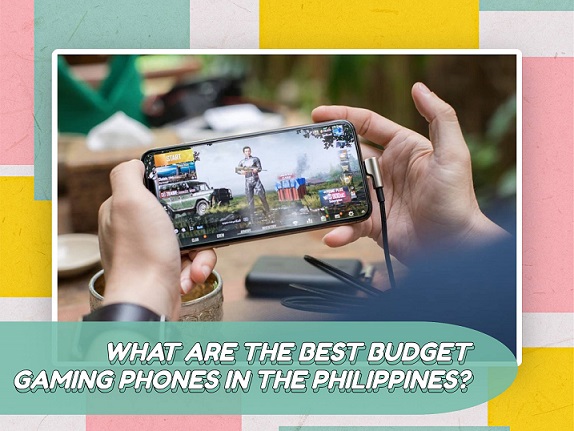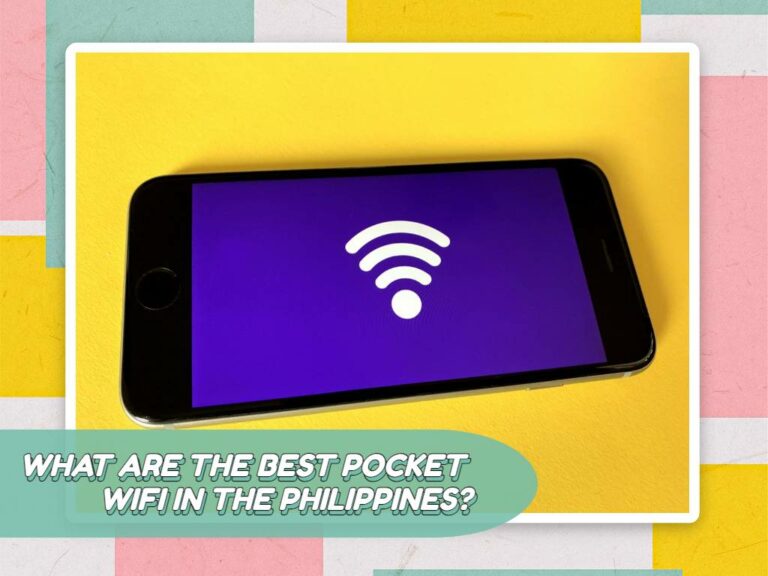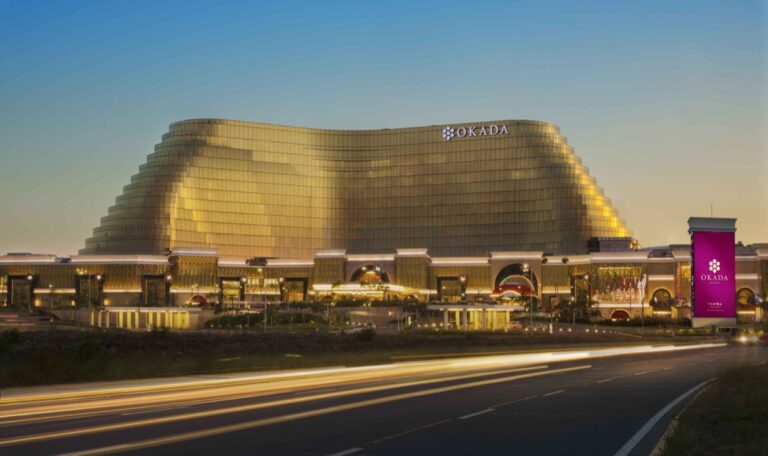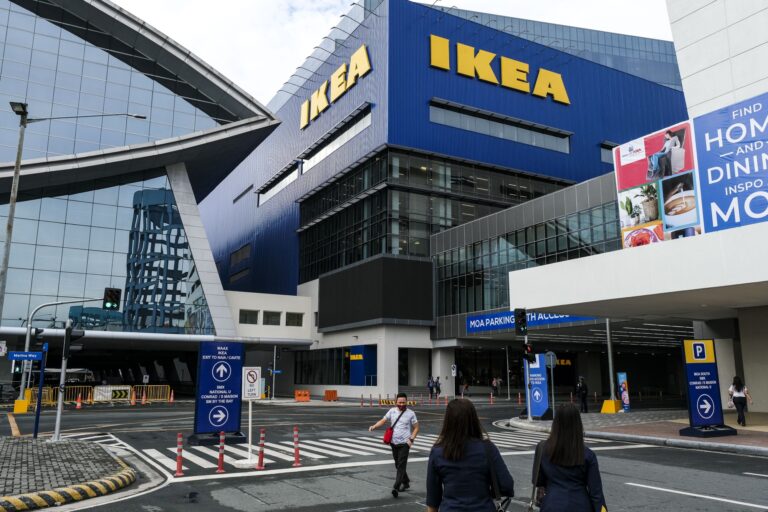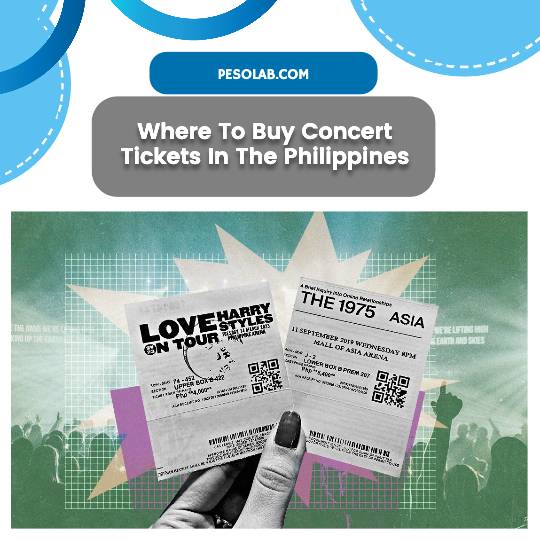Experiencing Extravaganza: The Philippines’ Top 5 Celebrated Festivals!
The Philippines is a nation famous for its dynamic archipelago of Southeast Asian islands, rich cultural heritage, and festive mentality. The Philippines’ Festivals has created a diversified and enthralling festival scene that represents the country’s distinctive past and passion for life.
These celebrations provide venues for both locals and tourists to engage with the heart and spirit of the Philippines, producing lifelong memories and a greater appreciation of the diversity of the country’s cultures through Festivals.
Join us as we travel virtually across the top 5 celebrated Festivals in the Philippines, where spirituality and celebration coexist with tradition and the true spirit of the Filipino people shows through the energy of the festivities.

These Festivals are more than just one-time occurrences; they are a kaleidoscope of narratives, feelings, and shared experiences that expose the soul of a country renowned for its friendliness, resiliency, and undying love of celebration!
Festivals in the Philippines
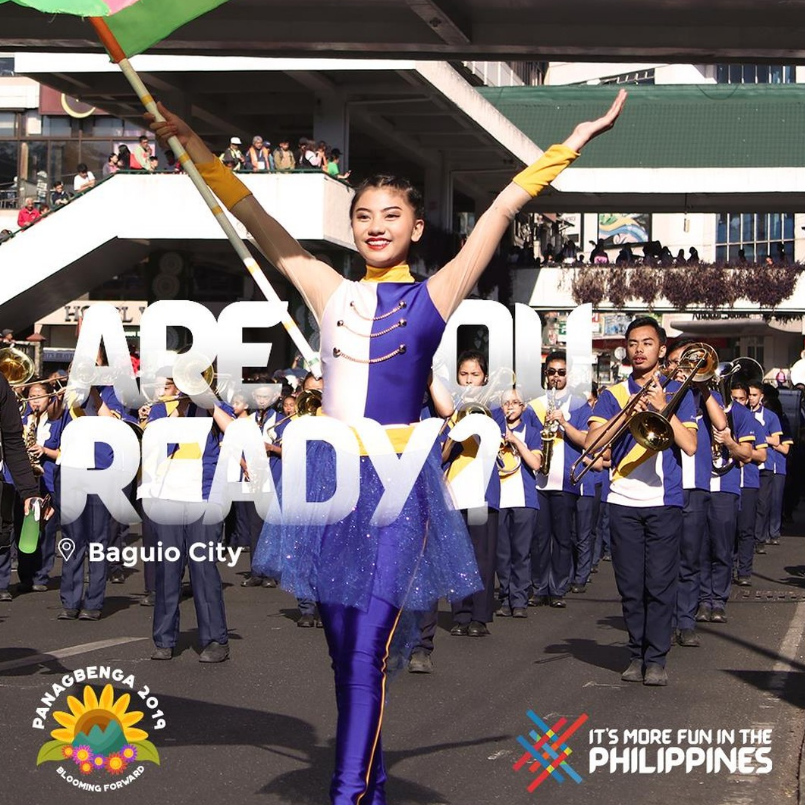
Are you ready? The Philippines, a country known for its beautiful beaches, natural scenery, and lively cultural legacy, is well known for its fascinating festivals that honor the country’s varied history and customs.
These celebrations are more than simply opportunities to have fun; they are evidence of the Filipinos’ lasting ties to their heritage and a chance to express their creative energy.
Each festival offers a different tale, blending indigenous, Spanish, and American traditions to celebrate anything from religious devotion and historical occurrences to abundant harvests and the simple pleasures of life.
In essence, the Philippines’ festivals reflect the country’s vivacious spirit, tenacity, and dedication to maintaining its cultural legacy. Visitors and participants join in the festivities and become a part of a greater narrative that brings together varied communities, centuries of history, and the eternal spirit of celebration.
Philippines’ Top 5 Celebrated Festivals
Masskara Festival

The bright and well-known Masskara Festival takes place every year in October in Bacolod City, the Philippine province of Negros Occidental. This event is well known for its lively street dance performances, intricate masks, and vibrant costumes that animate and enliven the city’s streets.
The name of the celebration, Masskara, is a combination of two words: “mass,” which means numerous, and “kara,” a Spanish word for “face,” which together capture the heart of the festival — a plethora of joyful faces covered in complex masks.
Given that it was created in the early 1980s, a period of economic hardship and sorrow, the Masskara Festival is a potent emblem of Bacolod’s resiliency and indomitable spirit.
The Masskara Festival, which attracts almost 3 million visitors yearly from all over the world, is 20 days of nonstop street dancing, drinking, and celebration. As a form of escape from the agricultural crisis, the event was started in 1980.
The Masskara Festival remains to be a source of delight for the people of Bacolod and a brilliant example of how a festival can connect a city, celebrate its heritage, and offer joy to those who participate. It places a focus on smiling faces, creative expression, and the strength of community.
Sinulog Festival
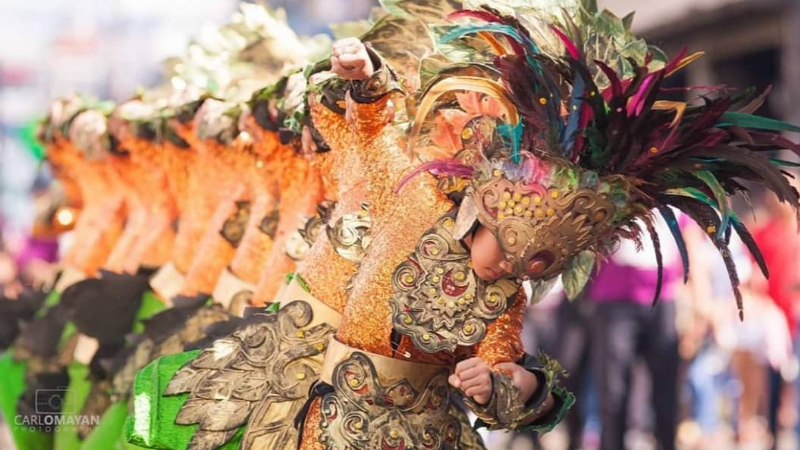
One of the most well-known and exciting cultural events in the Philippines is the Sinulog Festival, which takes place every year in Cebu City on every third week of January.
The Sinulog Festival honors the Santo Nio (Child Jesus) and remembers the conversion of the Filipino people to Christianity. It is rooted in centuries-old customs and combines aspects of faith, history, and celebration.
The phrase “sulog,” which translates to “like water current” or “flowing like water,” is incorporated in the dance motions done during the festival, which resemble the forward-backward sway of ocean waves.
The festival’s name, “Sinulog,” originates from the Cebuano word “sulog,” which translates to “like water current” or “flowing like water.” Chants and rhythmic drum beats accompany the dance, resulting in a spellbinding and compelling display.
The Sinulog Festival offers a compelling window into the spiritual and cultural environment of the Philippines and invites visitors to experience the heart and soul of this dynamic country.
Ati-Atihan Festival
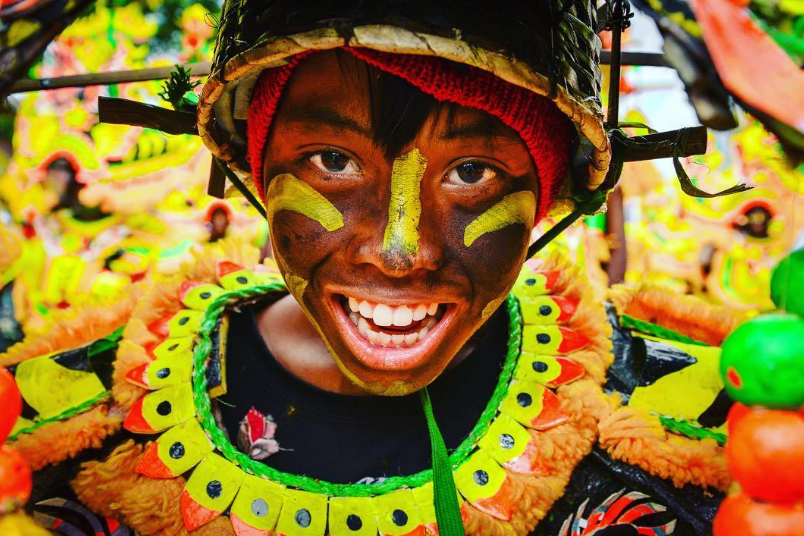
This celebration is held on the third Sunday of January and Kalibo, Aklan hosts the engaging and energetic Ati-Atihan Festival every year. The Ati-Atihan Festival, sometimes referred to as the “Mother of All Philippine Festivals,” is well-known for its vivacious street processions, distinctive indigenous-inspired costumes, and the air-filling drumbeat.
The street dance competition, where competitors dress in traditional Ati attire and paint their faces and bodies with black colors to mimic the indigenous people, is the festival’s major attraction.
This custom serves as an emblem of the Philippines’ extensive indigenous past and stands for the harmonious mingling of cultures. Through street dancing and chanting, participants create a happy atmosphere that is brimming with vitality and harmony.
Ati-Atihan Festival points out the rich fabric of Filipino identity and reflects the spirit of togetherness, variety, and shared history. It invites citizens as well as tourists to take part in the celebration.
Panagbenga Festival
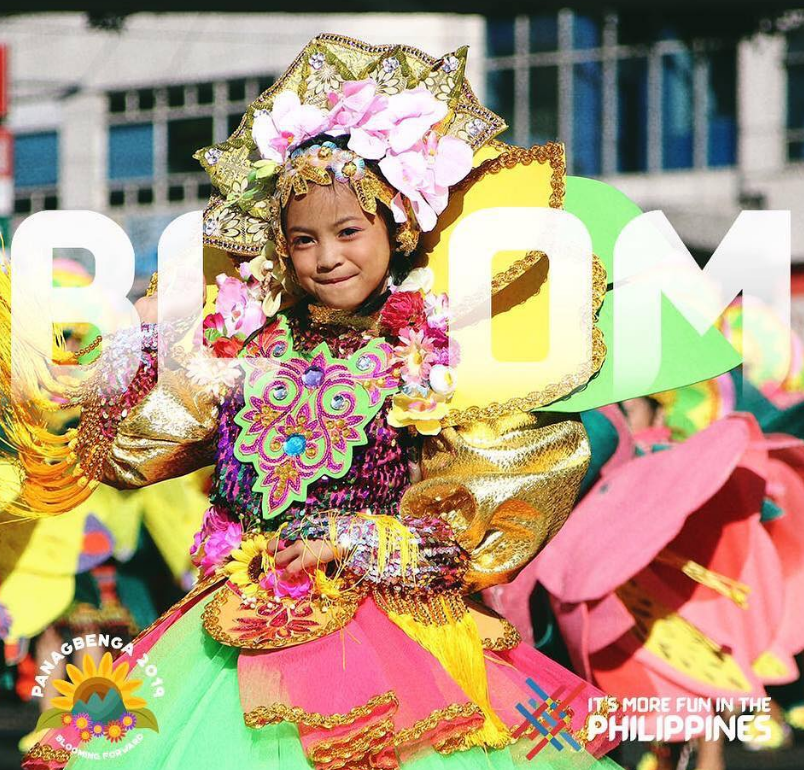
A mesmerizing and vibrant event, the Panagbenga Festival, also known as the “Flower Festival,” takes place every year in Baguio City during the Holy Week in March or April.
The festival is a happy ode to nature, community spirit, and creative innovation. It is rooted in the city’s history as the “Summer Capital of the Philippines” and is influenced by the beauty of flowering flowers.
The festival’s name directly translates to “Season of Blooming” because “Panagbenga” is derived from the Kankanaey and Ibaloi words “panag,” which means “season,” and “benga,” which means “flowers.”
You can anticipate a variety of vivid flower-covered floats, tons of street dancing by dancers wearing flower-themed costumes, and a number of exhibitions showcasing local goods at one of the Philippines’ most colorful festivals.
One of the most well-known attractions of the festival, the Grand Street Parade, is a dance and costume contest in which contestants perform to Cordilleran music.
Dinagyang Festival
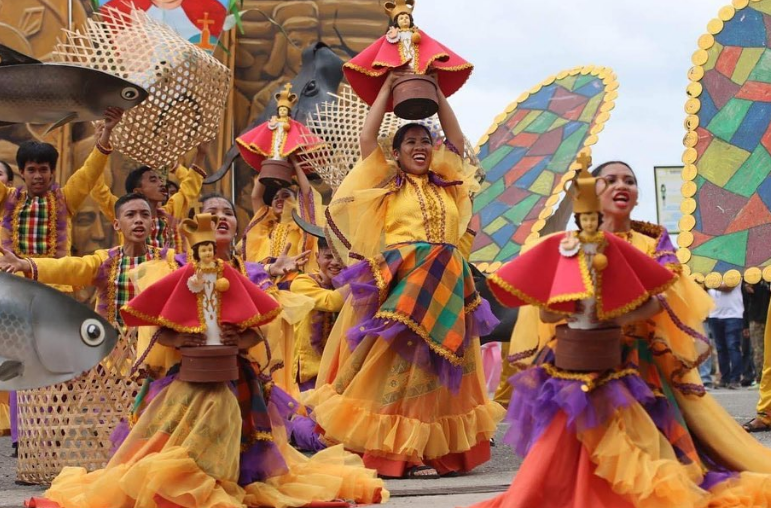
Every fourth weekend in January, Iloilo City celebrates the Dinagyang Festival, a vibrant and thrilling event. The event honors the Santo Nio (Child Jesus) and remembers the entry of Malay immigrants and the subsequent transfer of Panay Island from the indigenous Ati people to the Malay datus.
It is known for its energetic street acts, intricate choreography, and colorful costumes.
True to its name, the festival is a happy and exuberant occasion that unites both residents and tourists in a sense of togetherness and festivity. The word “Dinagyang” is derived from the Ilonggo word “dagyang,” which means “merrymaking” or “celebration.”
The commitment and discipline of the participants is what distinguishes the Dinagyang Festival. The choreography, costumes, and performances undergo months of practice, culminating in an exhilarating exhibition of artistic talent and cultural expression.
The festival provides a chance for locals to highlight the history, culture, and modernity of Iloilo, making it a crucial occasion on the Philippine festival calendar.
The Dinagyang Festival honors the Santo Nino in an exciting way, celebrates cultural variety, and shows how the Ilonggo people are one. It is a striking example of how the Philippines can combine tradition and modernity to provide an experience that is both enticing and profoundly meaningful.
Experience Philippines’ Harmonious Blend of Culture and Joy
These festivities, which are each masterpieces of culture, history, and community spirit, have taken us to a place where creativity coexists peacefully with tradition and the past flows elegantly into the present.
Whether you’ve had a chance to attend these celebrations in person or have journeyed through the colorful descriptions provided here, you’ve experienced a trip that illuminates the Philippines in all its essential beauty.
A place that understands how to fully enjoy life’s pleasures, pay respect to its history, and openly welcome the future!


